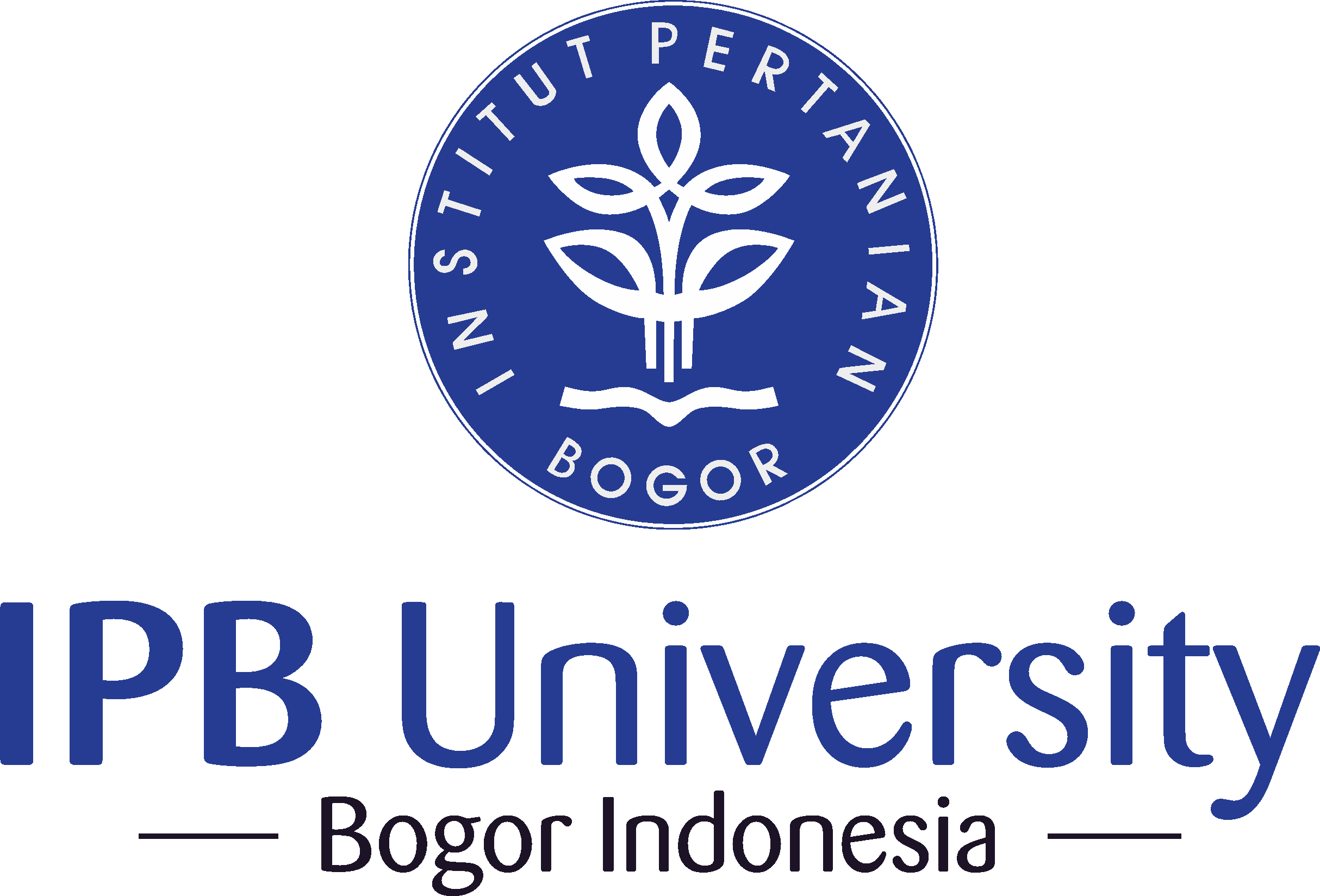Carotenoid Assessments and Antioxidant Activities from Flower Petals
Abstract
The objectives of this study were to evaluate carotenoid pigment profile and the antioxidant activity from 14 commonly grown flowers in Thailand. The result found that orange marigold showed the highest total carotenoid content at as 2,209±75.58 µg/g, followed by deep yellow chrysanthemum at 551.27±47.72 µg/g (P<0.01). The next lower total carotenoid content group was found in yellow silk cotton, yellow trumpetbush, yellow marigold and yellow golden shower with total carotenoid content of 447.42±27.56, 429.46±28.34, 409.85±34.58 and 363.88±12.74 µg/g, respectively. The highest antioxidant activities against DPPH and ABTS radicles were found from orange marigold, which were 32.34±2.16 and 50.08±0.87%, respectively. Deep yellow chrysanthemum, yellow silk cotton, yellow trumpetbush, yellow marigold and yellow golden shower also showed significantly higher antioxidant activities than other flowers (P<0.01). Total carotenoid contents well correlated with antioxidant activities against DPPH and ABTS radicals (r = 0.6924 and r = 0.8270, respectively) at P<0.01. TLC result elucidated that orange marigold, yellow silk cotton and yellow golden shower were a good source of β-carotene, while deep yellow chrysanthemum and yellow marigold were a good source of lutein and/or zeaxanthin. The result indicated that flower petals would be useful as natural carotenoid source and provide antioxidants for food industry.
Downloads
Copyright (c) 2021 Khakhanang Ratananikom, Nipa Nasinporm, Tanitpan Pongjongmit

This work is licensed under a Creative Commons Attribution-NonCommercial 4.0 International License.
HAYATI J Biosci is an open access journal and the article's license is CC-BY-NC. This license lets others distribute, remix, tweak, and build upon author's work, as long as they credit the original creation. Authors retain copyright and grant the journal/publisher non exclusive publishing rights with the work simultaneously licensed under a https://creativecommons.org/

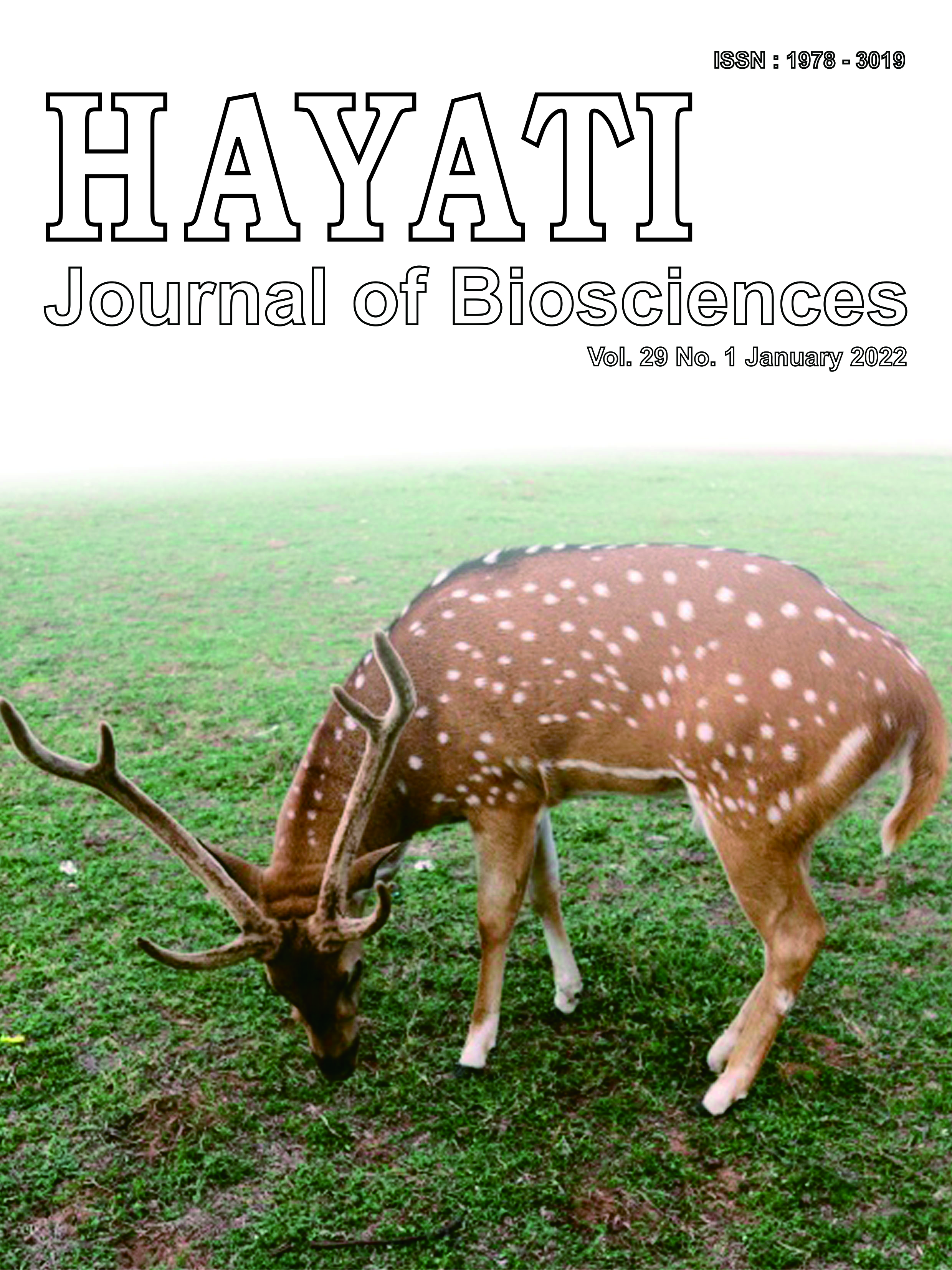








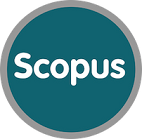





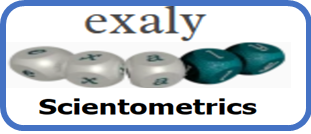




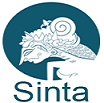

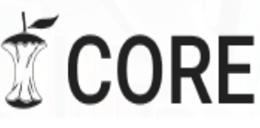

.png) IPB University
IPB University Department of Biology
Department of Biology The Indonesian Biological Society
The Indonesian Biological Society 